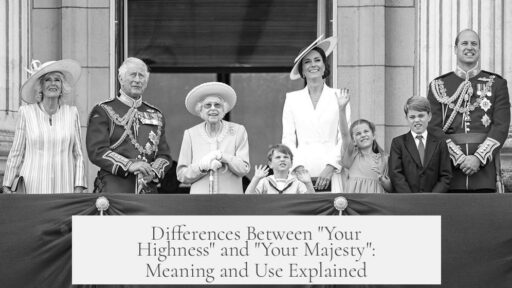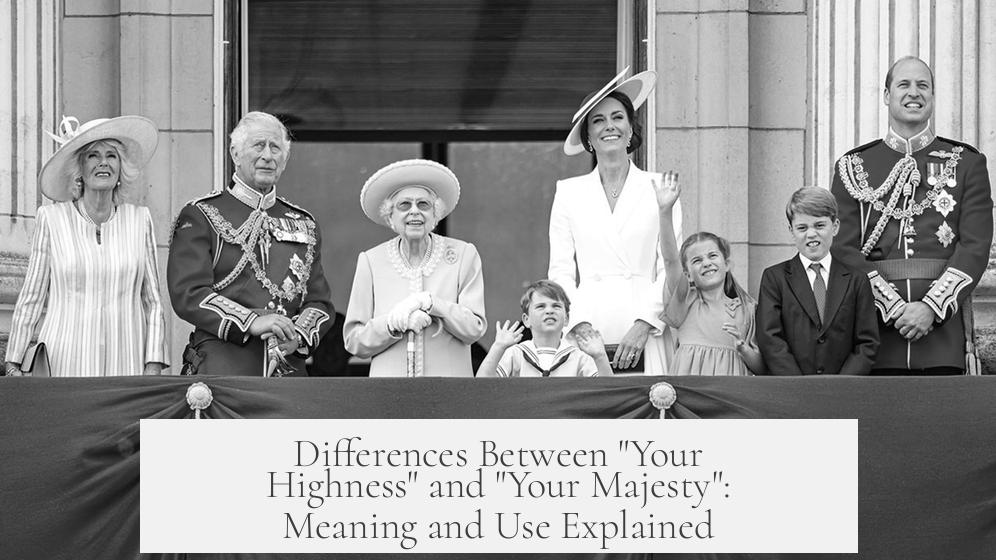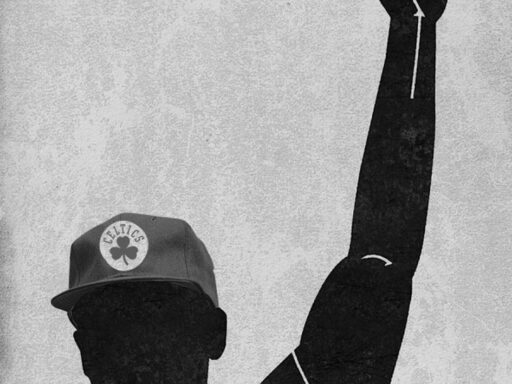The difference between “Your Highness” and “Your Majesty” lies mainly in rank and protocol within royal hierarchies. “Your Majesty” is reserved for the sovereign monarch such as kings, queens, emperors, and empresses—the highest-ranking figures in a monarchy. In contrast, “Your Highness” is a courtesy title for non-sovereign royal family members like princes and princesses.
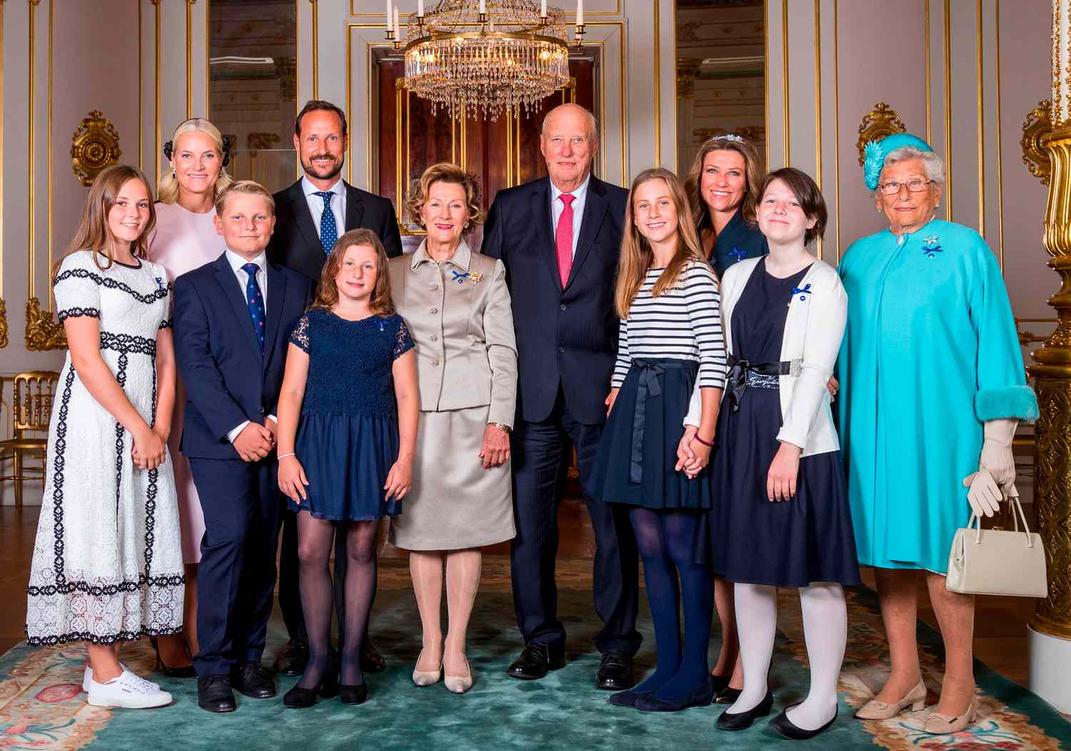
“Your Majesty” serves as the formal mode of address for reigning monarchs and their consorts. For example, in the United Kingdom, the Queen is addressed as “Her Majesty.” Similarly, during France’s monarchy, kings and queens were referred to as “Their Majesties.” This designation is relatively modern historically, originating around the time of Holy Roman Emperor Charles V, Francis I of France, and Henry VIII in the 16th century. The term underscores the monarch’s supreme status and authority, distinguishing them as the highest-ranked individuals in the nation.
On the other hand, “Your Highness” identifies royal family members who do not hold sovereign power. Princes and princesses commonly carry this title. It serves as a courtesy title indicating royal status but a lesser rank compared to the monarch. For example, in many cultures, members of the royal family who are not the reigning king or queen are styled as “His/Her Royal Highness.”
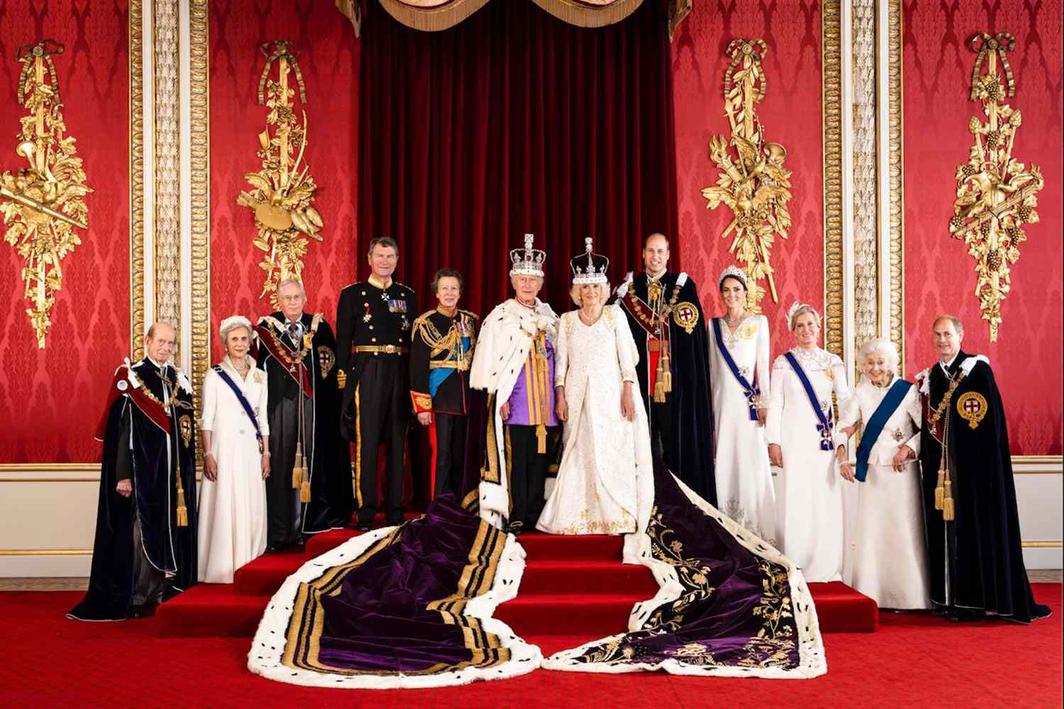
| Title | Usage | Typical Holders | Rank |
|---|---|---|---|
| Your Majesty | Sovereign monarch and consort | Kings, Queens, Emperors, Empresses | Highest |
| Your Highness | Non-sovereign royal family members | Princes, Princesses | Lower than monarch |
These forms of address cannot be used interchangeably. For instance, Italian has “Sua Maestà” for “Your Majesty” and “Sua Altezza Reale” for “Your Highness,” clearly distinguishing between sovereigns and other royals. This protocol is widely respected across different monarchies with some variations. For example, the Emperor of Japan is addressed as “His Majesty,” emphasizing a similar usage pattern.
- “Your Majesty” denotes the reigning monarch and highest-ranking royal figures.
- “Your Highness” designates princes and princesses or other royal family members.
- The terms are institutionally separated based on rank and role.
- Historical origins place “Majesty” as a relatively modern form compared to older royal titles.
- Cultural variations exist, but the hierarchy distinction remains consistent.
What Is the Difference Between “Your Highness” and “Your Majesty”?
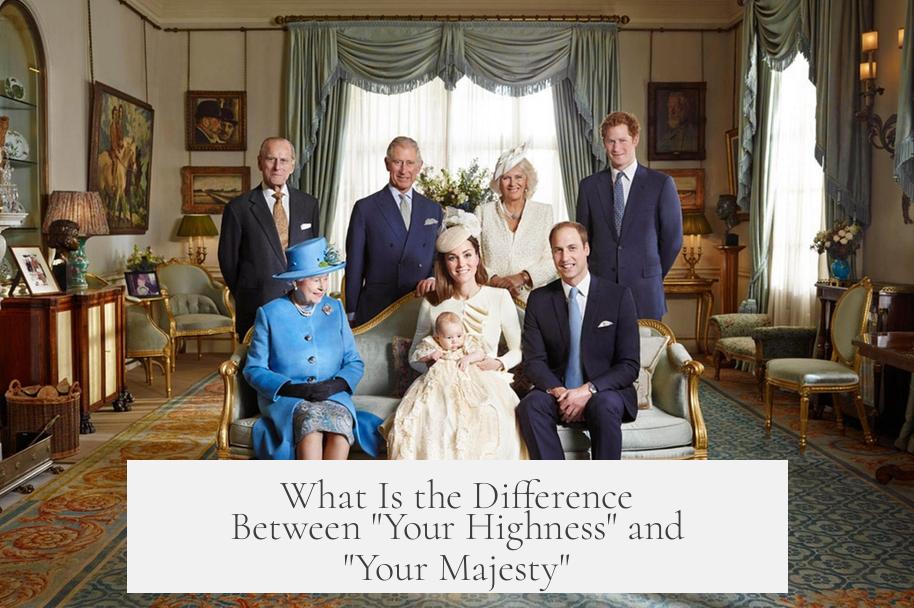
Here’s a quick answer right off the bat: “Your Majesty” is the title used for kings, queens, emperors, and empresses—the highest-ranking monarchs—while “Your Highness” is reserved for princes and princesses, members of the royal family but not sovereigns. Got it? Great. Now, let’s take a proper stroll through royal etiquette—and maybe feel a bit posh along the way.
When you think of “Your Majesty,” picture the ruler standing on the balcony, waving to crowds. The queen in the UK, for instance, is called Her Majesty. Across history in France, kings and queens were greeted as Their Majesties. It’s interesting that this “Majesty” address is relatively modern—it didn’t exist back when Julius Caesar or Roman emperors strutted their stuff. It took shape around the time of the Holy Roman Emperor Charles V and renowned monarchs like Francis I of France and Henry VIII of England.
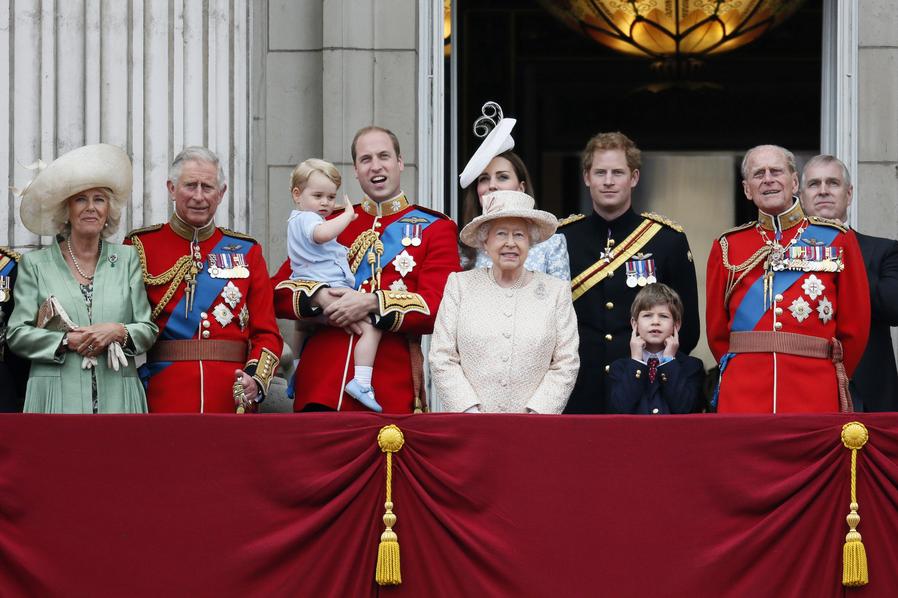
So, what makes “Your Majesty” special? It’s all about rank and sovereignty. This title is strictly for the ruling monarch and their consort. It’s exclusive, not a “one-size-fits-all” royal label. If you were in Italy, you’d say Sua Maestà (S.M.) to the king or queen in power. This reinforces its close link to ruling power.
Now, “Your Highness” is more of a polite nod to royal blood but not to the person holding the throne. Think princes, princesses, dukes, or other royal family members who don’t run the show. They get the courtesy title “Highness.” In Italy, you would call them Sua Altezza Reale (S.A.R.). It’s a way of saying, “You’re important and royal, but not quite your majesty-material.”
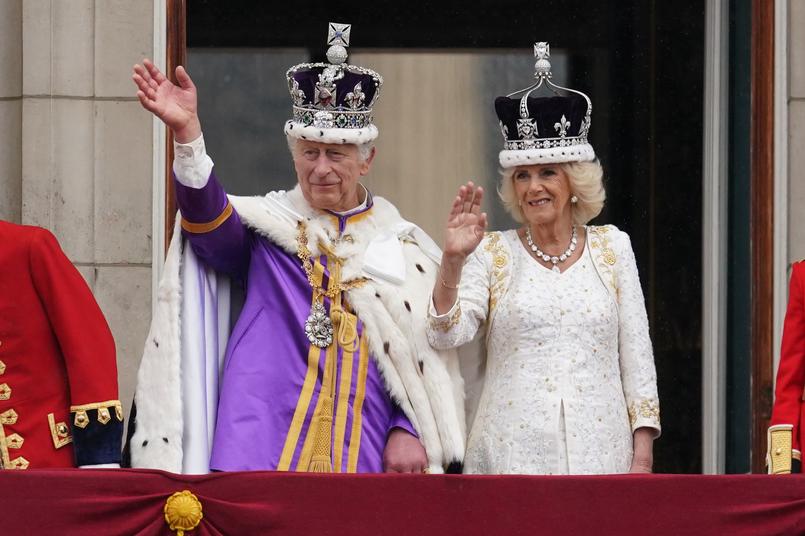
The core point? Majesty means you’re at the top of the hierarchy. Highness means you’re near the top but not wearing the crown. You wouldn’t ever call a princess “Your Majesty,” nor would you call a queen “Your Highness.” Mixing these up would be like calling your boss “buddy” in a boardroom meeting—awkward and rank-confusing.
Why Does This Matter? Understanding the Nuances
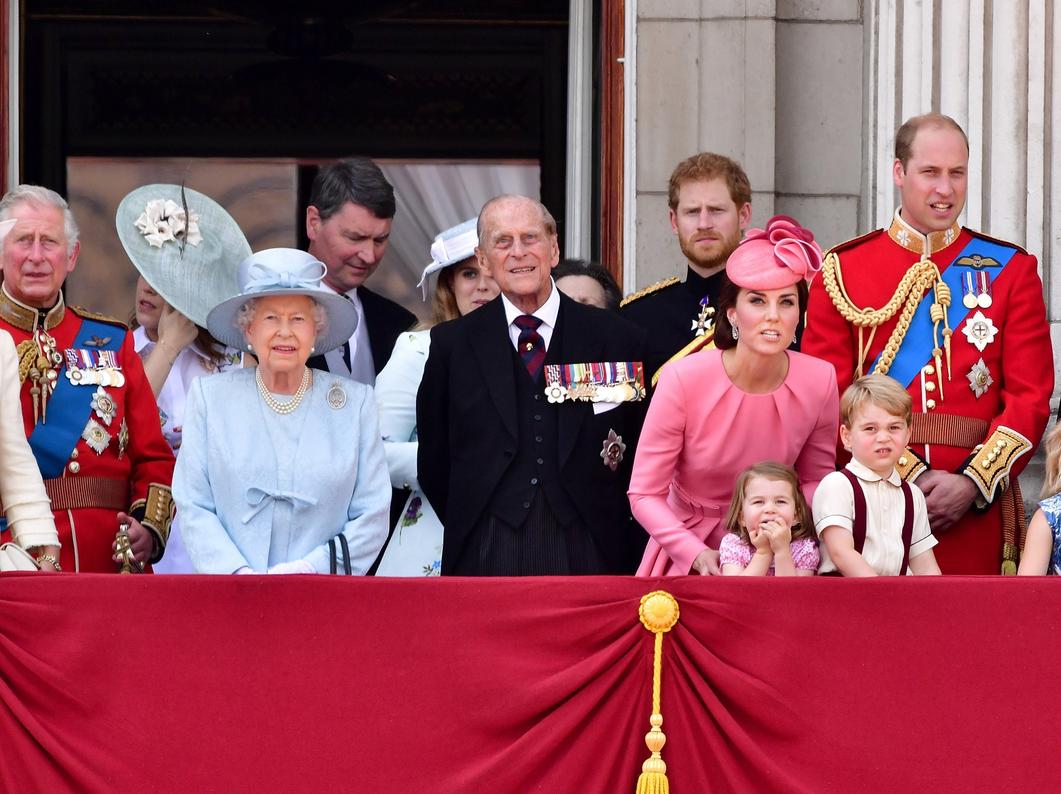
You might wonder, “Is this just stuffy tradition, or does it have practical value?” Oh, it has practical value, especially in diplomatic talks, formal occasions, or historical dramas where a misplaced title could cause a royal faux pas. Imagine accidentally dubbing the King as “Your Highness” at an official event—definitely a conversation starter, but not the kind you want.
Even today, monarchies maintain this clear protocol. The Emperor of Japan, for example, is addressed as His Majesty. People don’t use “His Imperial Majesty” anymore, even though “imperial” sounds more majestic. It’s part tradition, part respect for centuries of royal protocol.
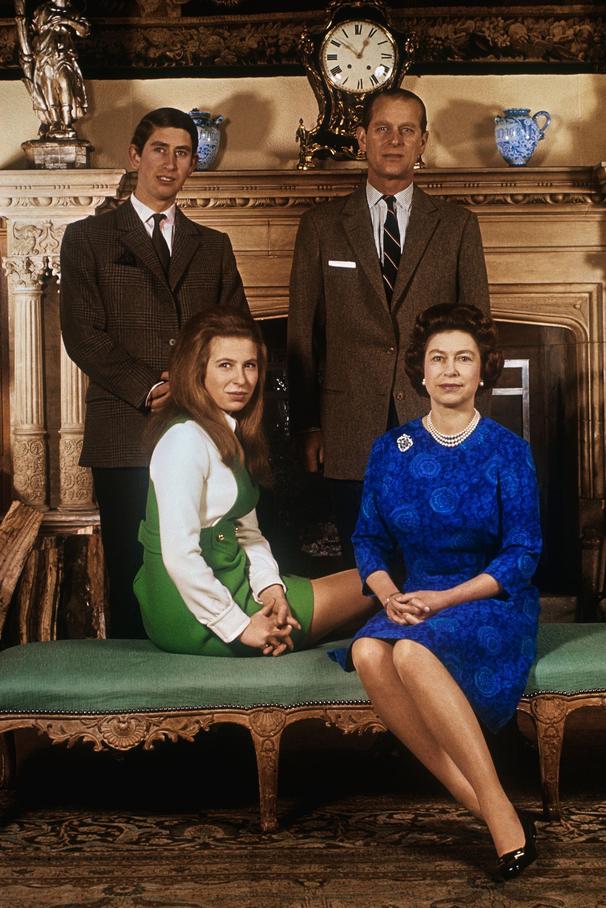
On the flip side, if you were chatting with Prince William or Princess Charlotte, you would use “Your Highness.” It’s polite, respectful, and indicates their royal status without overstating it. This hierarchy keeps the social order sparkling and ceremonies smooth.
So What’s the Story Behind These Titles?
When monarchies were consolidating power in Europe, monarchs wanted to distinguish themselves clearly from their kin and nobility. “Majesty” evolved to mark that clear line of highest authority. Meanwhile, “Highness” was a gracious bow to those related but not ruling.
Some might say it’s just pomp and circumstance. But these titles inform how history remembers rulers and royal families. When you read about Henry VIII, the “Majesty” tag highlights his supreme authority. When you hear about his children who didn’t rule, “Highness” situates them just beneath that pinnacle.
Quick Comparison Table for the Royal Curious
| Title | Who It’s For | Example | Origin Notes |
|---|---|---|---|
| Your Majesty | Ruling monarch (Kings, Queens, Emperors, Empresses) | Queen Elizabeth II (“Her Majesty”) | Developed during Holy Roman Empire and Renaissance era |
| Your Highness | Non-sovereign royal family members (Princes, Princesses) | Prince Charles (“His Royal Highness”) | Used as a courtesy title for royals not reigning |
The Protocol Takeaway for Us Mere Mortals
If you ever find yourself rubbing shoulders with royalty (hey, dream big!), remember the hierarchy: Majesty means *ruler of the realm*. Highness means *royal, but not ruler*. It’s a subtle but important difference.
In summary, when addressing royalty, think like a polite historian or diplomat, and choose your words carefully. Your choice between “Your Majesty” and “Your Highness” can show respect and an understanding of centuries-old traditions—or make you the source of royal chuckles.
Now, next time you watch a royal procession or binge-watch a period drama, you’ll know exactly why King Henry VIII demands “Your Majesty” while his daughter might get the honorable “Your Highness.” It’s all in the rank, folks. And trust, in that hierarchy lies the power of words.
